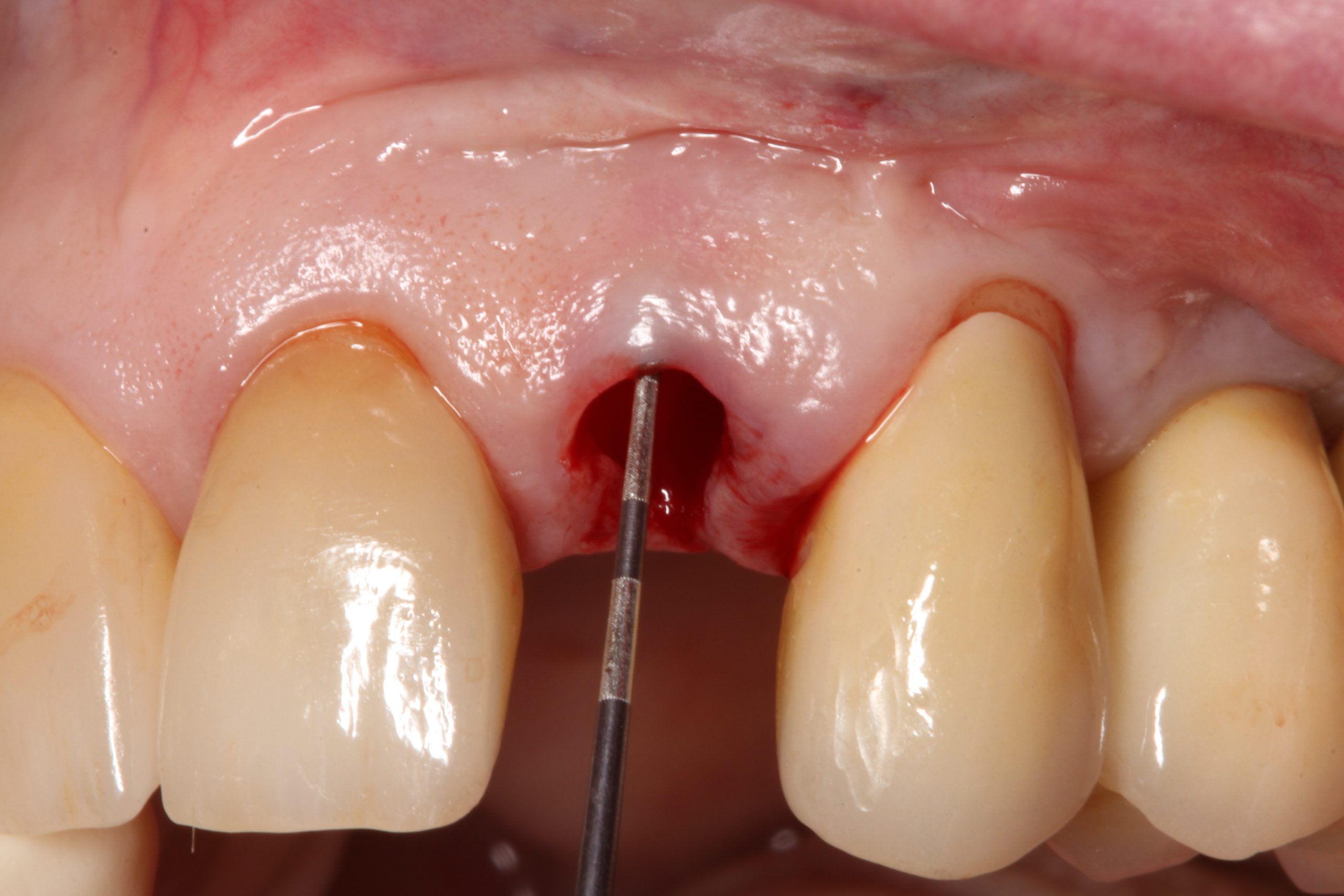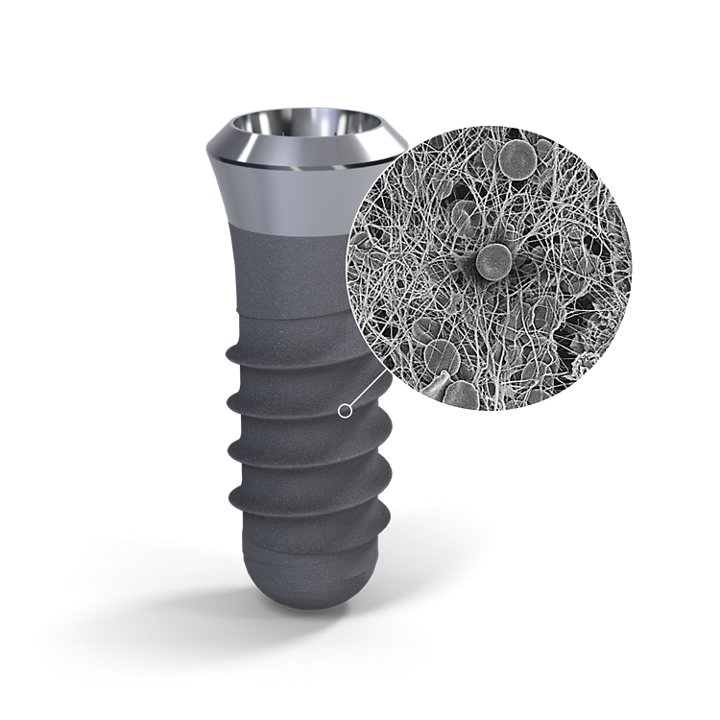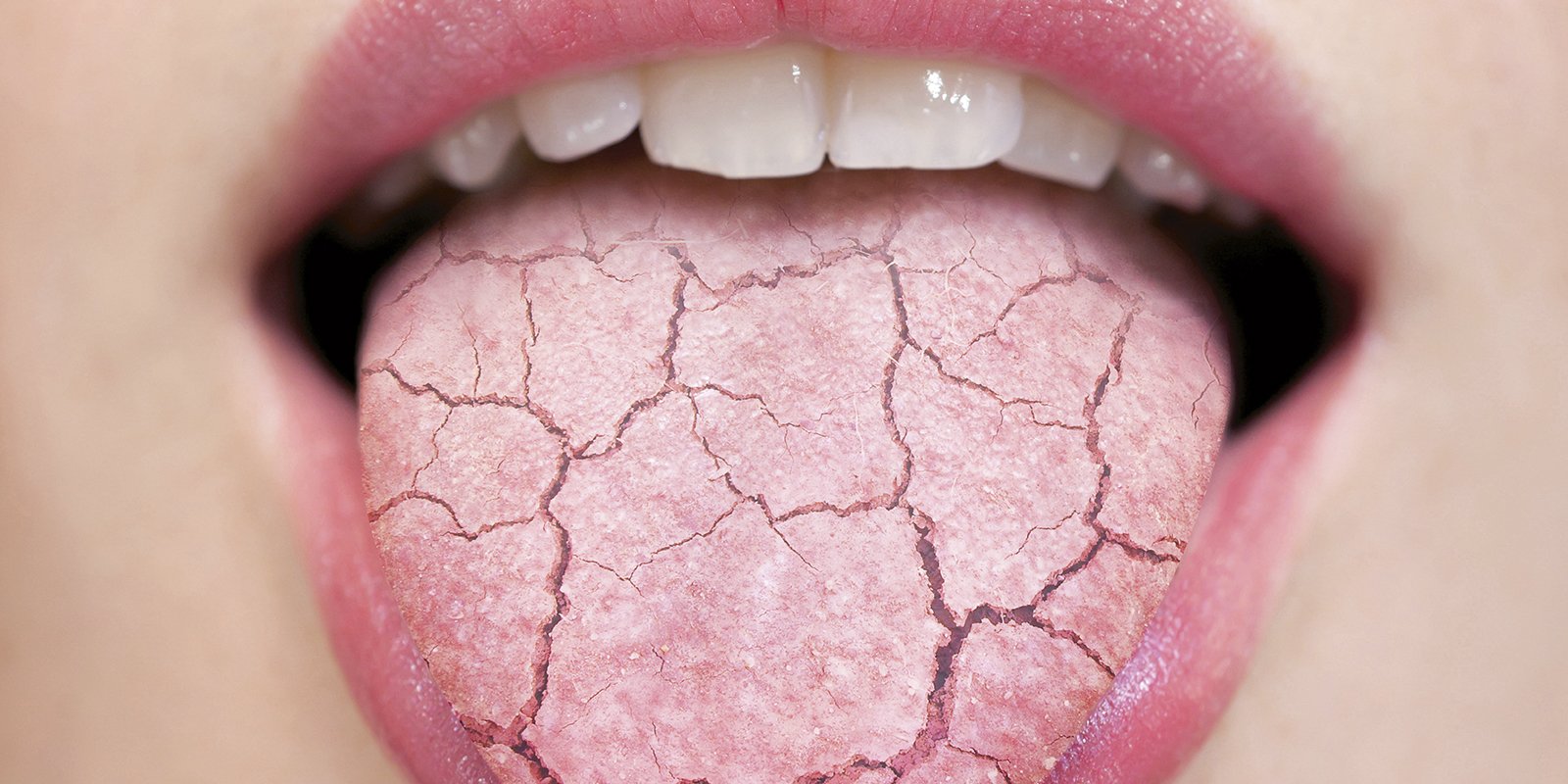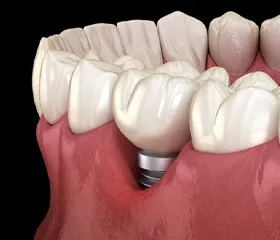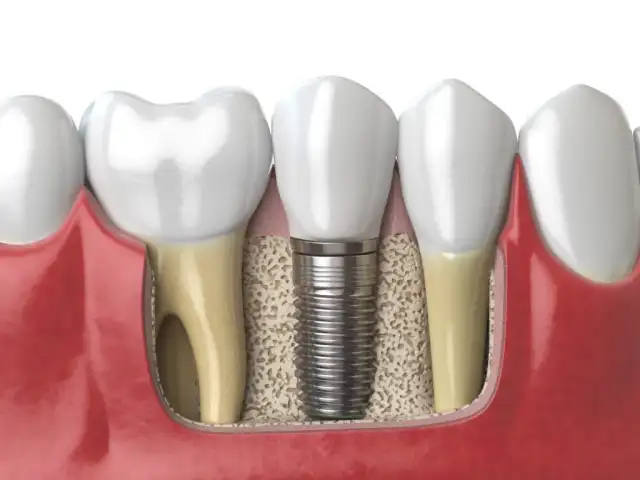Immediate versus delayed loading of dental implants
Immediate versus delayed loading of strategic mini dental implants for the stabilization of partial removable dental prostheses: a patient cluster randomized, parallel-group 3-year trial Mundt et al 2016 long-term survival data for mini implants are lacking and acceptable short-term survival rates (>90 %) of mini-implants are only documented for mandibular overdentures The short-term survival rates


